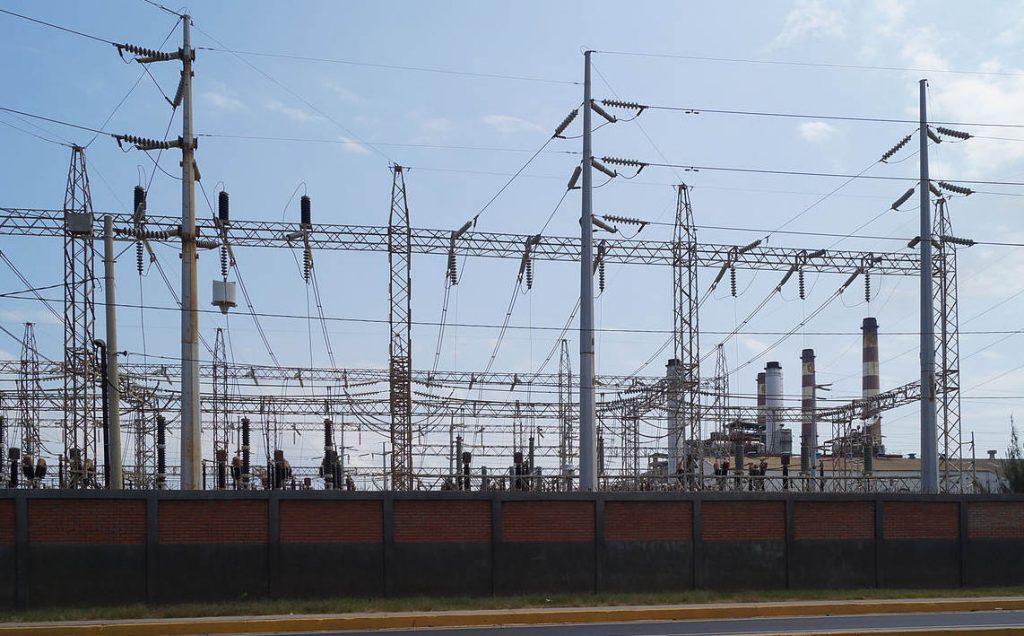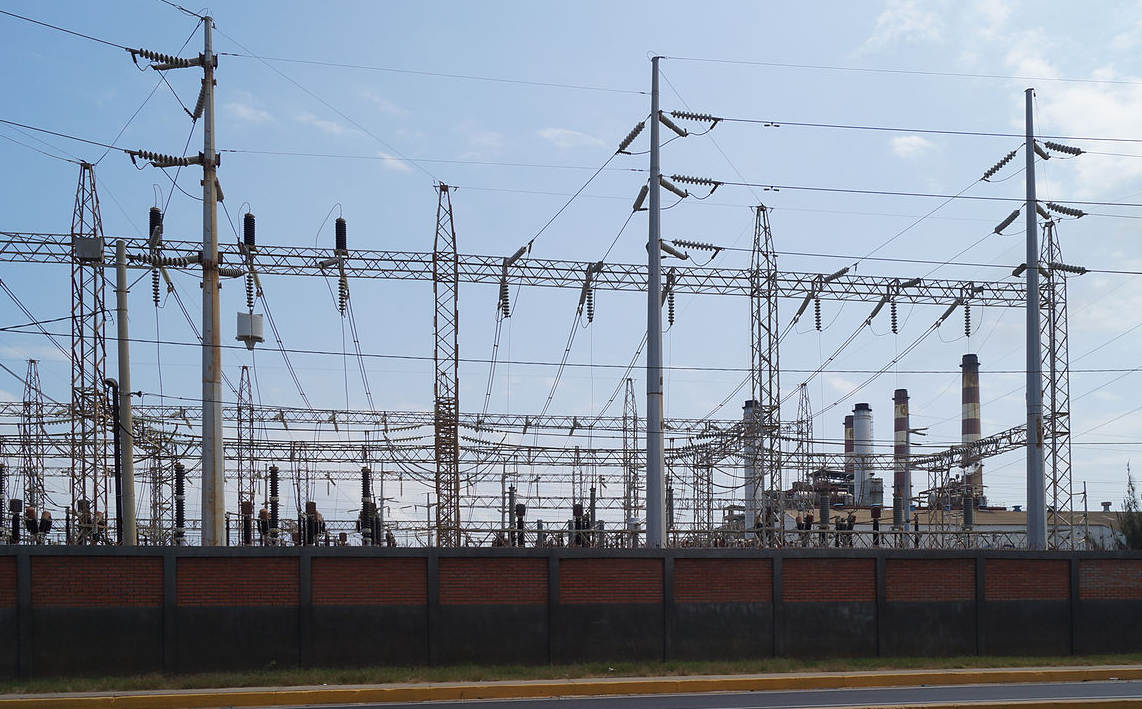MARACAIBO, Venezuela (ViaNews) – One of the most recent consequences of the Venezuelan crisis has been the total collapse of the national electrical system. Venezuela’s power system had presented serious issues from time to time in the past due to lack of maintenance but this year has been, by far, the worst.
“Electrical system in Venezuela has been failing progressively for some time; almost all stations have presented failure.”
Dídimo León (Engineer’s Association of Zulia)
Daily power cuts of about 4 to 8 hours and even 24-hour power cuts and continuous power outbursts have been reported since March of the current year.
“Electrical system in Venezuela has been failing progressively for some time; almost all stations have presented failure. There are continuous failures in Santa Teresa substation (located in Miranda State, mid-north of Venezuela) that causes problems in the electrical service in Caracas and parts of Vargas”. Dídimo León, representative of the Engineer’s Association of Zulia said to Via News.
“The government keeps talking about sabotage. They have no serious proof to support their claims and the lack of maintenance of the system is obvious.”
Ana Parra (PolitiksVE)
“There hasn’t been any sabotage as some spokespeople of the national government have said. There have been other failures at the Yaracuy substation that have left the Western region of the country without electrical service. Also, damage to the feeding lines and transmission towers in other substations have been reported and in other generations systems, including thermic energy.
The government keeps talking about sabotage. They have no serious proof to support their claims and the lack of maintenance of the system is obvious. The electrical crisis is a direct consequence of the economic crisis as there are no funds for repairs or buying new equipment” declared Ana Parra, member of PolitiksVE, a political think-tank.

Where this issue comes from? According to León “Among the most important reasons of the system’s collapse we could mention the lack of a significantly planned and supervised investment, lack of maintenance of all electrical system components including generation, transmission, and distribution”.
“Last but not least, there is no qualified and experienced personnel that receive competitive wages to avoid them to leave the country and there is a shortage of gas and diesel to feed thermoelectric plants”. “If the government doesn’t change their policy regarding public companies and put competent professionals to lead them, they will never overcome the crisis. They’ll continue to cry wolf and say there’s sabotage and they do not do the necessary testing.
I’d say the main cause of the electrical crisis is the economic crisis and corruption. There is no money for optimizing the system and keeping it up to date and there have been many reports of projects that were mismanaged in the past and were not finished” Parra said.
As an example, Dídimo León said to Via News “The project for the installation of an underwater cable of 400 KW in Maracaibo’s Lake received a 400 million $ funding on 2014 via Inter-American Development Bank so it could start on the first trimester of 2015 to be finished 4 years later. As of today, the project hasn’t started”.
The most affected region of the country has been Zulia state. In the month of August 24-hour long power cuts were common, and for most of the year, daily cuts of 4 hours have been the norm. In the past month, the issue has relaxed, though the power outbursts are still occurring on a daily basis.
Although the intensity of the problem seems to have lowered, specialists like León don’t believe they are soon to be solved, especially in Zulia state. “The national electrical system feeds Maracaibo from the substation Tablazo II to the substation Cuatricentenario II passing through the substations Punta de Palma and Peonía. None of them have been working for a year and a half. Zulia state also has an independent electricity generation system of about 2847 MW capacity and it’s almost completely in zero functionality”.
The situation in Zulia is the most critical, León says, because “the national system flows from east to west, so any contingency presented along the feeding lines that come from the Gurí (Venezuela’s biggest dam and the center of national electric system) as on any other substations have consequences all over the system.
On the other hand, the independent generation systems of Zulia state are currently working on around 8 percent of their capacity”.
Public policy specialists like María Carrasquero are pessimistic about a change in the foreseeable future. “The power cuts will continue occurring until the independent generation system start working and the national system is optimized. We cannot give false expectative to the users.
I don’t think there’s an easy way out of the electrical crisis without solving the economic and even the political crisis Venezuela is suffering. The power issues are a sub-product of the general lowering of the quality of life of Venezuela’s due to the terrible policies the national government has taken”.







